Those who read our previously published definitive guide on the 34 national parks in Japan may want more specific suggestions on hikes to do within the country. This roundup lists Japan’s top hiking spots from Hokkaido to Okinawa, from easy one-day hikes to more difficult ones for experienced hikers.

Daisetsuzan National Park. Photo by Burcu Basar.
Hokkaido
Hikers who want to completely absorb themselves in nature will enjoy the trails found in Hokkaido, the sparsely populated, northernmost island of Japan. While the winter snow makes it a desirable skiing destination, the cooler summer weather makes it a comfortable and popular hiking location. Hikers can traverse gorgeous verdant forests, wetlands and volcanoes to reach peaks with stunning panoramic views that stretch across the landscape. They can also find 500 different types of alpine flowers native to the island and even some so rare that they only grow on one mountain. Fields of lavender and other flowers bloom in July, especially in Furano and Biei. You’ll also find diverse wildlife.
Hokkaido has the largest national park in Japan, the Daisetsuzan National Park. It has several easy day-hikes, including the Sugatami Pond Loop, Asahi Nakadake Onsen and Mount Kurodake trails. The best time to hike is the summer when the long sunny days and cool summer nights craft the perfect hiking experience. In August, hikers can witness the full potential of Hokkaido’s lush scenery.
Other great hikes in Hokkaido include Mount Mashu, Mount Meakan, Mount Yotei, Mount Rishiri and Mount Poroshiri.
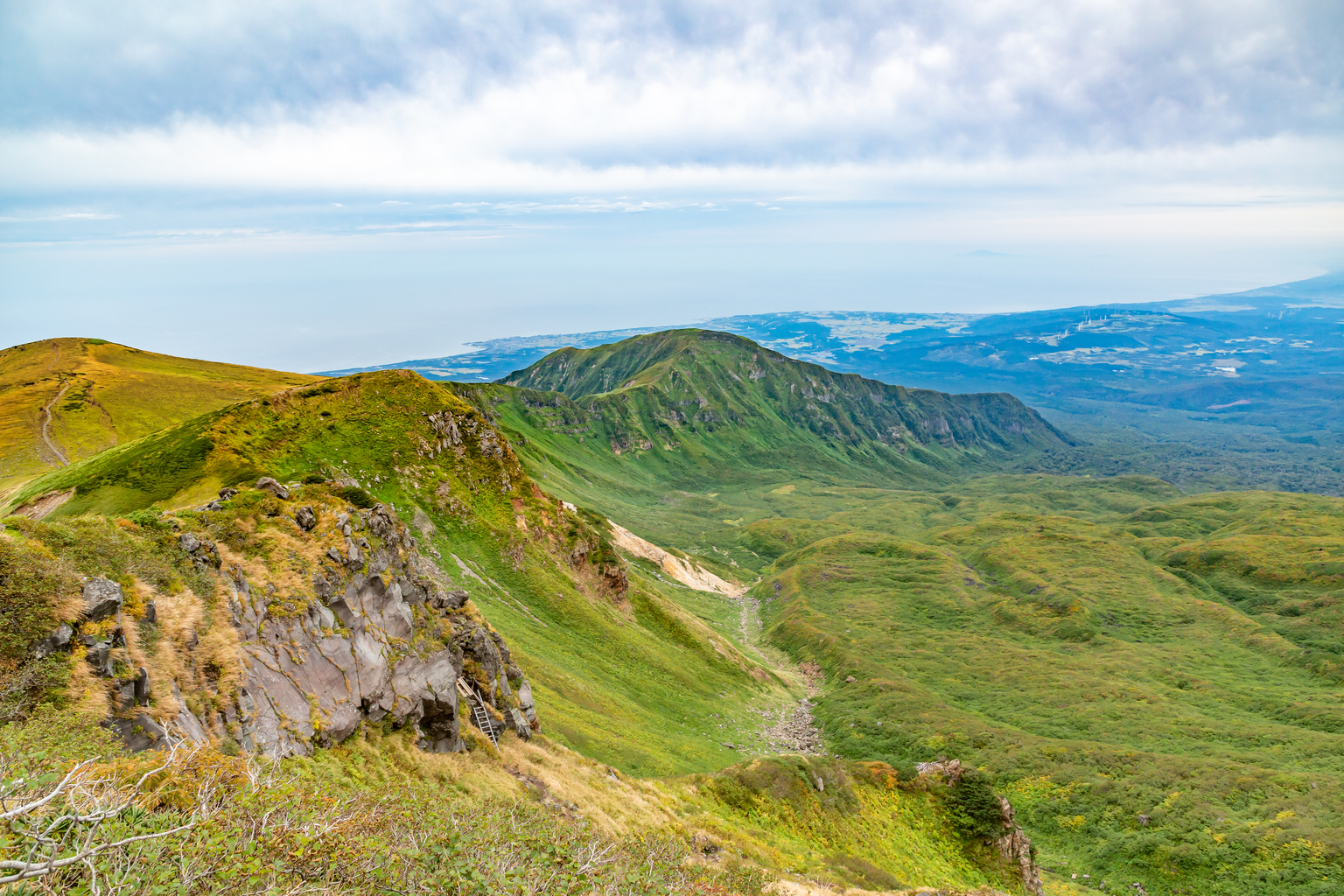
Mount Chokai
Tohoku
Tohoku is the perfect hiking destination for those wanting vast spaces and challenges. The northeastern portion of Japan features volcanic calderas, hot springs and pristine forests.
Mount Futatsumori in Akita Prefecture allows hikers to go through an undisturbed ecosystem to reach a spectacular view of the ancient forest. In the autumn, the colors become gold, orange and red, making this a great destination to revisit throughout the year.
Tohoku also boasts one of the most famous mountains in Japan, Mount Chokai, on the border of Akita and Yamagata prefectures. It rises to a height of 2,236 meters and is known as the “Mount Fuji of Dewa” due to its snow-capped peak. Visitors should hike this mountain from May to October. The best time for hiking mountains above 2,000 meters in this region is from late June to early October. The summer months feature alpine flowers and the autumn boasts an assortment of colorful foliage.
Other great hikes in Tohoku include Mount Hakkoda, Mount Zao, Mount Iwate and Mount Bandai.
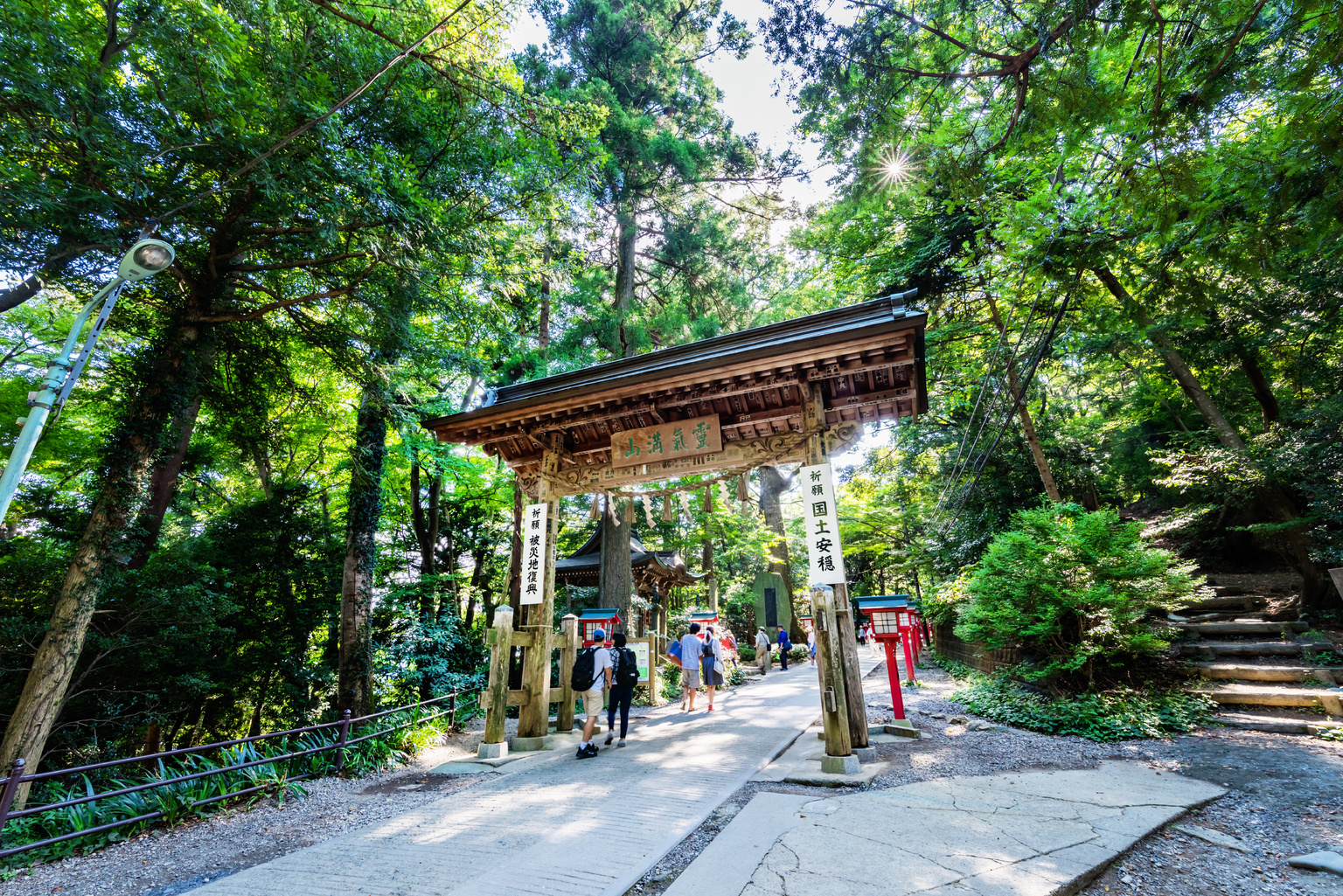
Mount Takao. Editorial credit: picture cells / Shutterstock.com
Kanto
The Kanto region has plenty of gentle hikes for beginners along with tougher hikes for the more experienced hikers. Tokyo visitors and residents who want an escape from the busy city life have the luxury of easy access to several mountains, such as Mount Takao, Mount Mitake, Mount Odake, Mount Kawanori and Mount Tsukuba. Many of the hikes pass scenic temples and shrines as well.
Mount Tanzawa in the northwest section of Kanagawa Prefecture is recommended for both seasoned trail-runners and day-trippers, since the trail is well-maintained and rises above the tree line, providing clear views of Mount Fuji and surrounding foothills.
Mount Nokogiri in Chiba Prefecture features the Hyaku-shaku Kannon, a 30-meter-tall statue of the Buddhist Goddess of Mercy carved into the cliffside, as well as the “1500-Arhat Approach,” which has carved statues of Buddhist devotees and deities in the rocks.
Mount Tanigawa gets covered in powdery white snow in the winter. In October vibrant shades of red, orange and yellow can be seen around the mountain. Hikers should climb from July to November, since it is dangerous to hike in the winter.
Other great hikes in Kanto include Mount Kusatsu-Shirane, Mount Jinba and Mount Oyama.
 Chubu
Chubu
Chubu boasts some of the most beautiful as well as the most challenging mountains in Japan. For starters, this area is home to both Mount Fuji and the Japanese Alps. It is also where, aside from Mount Fuji, some of the other tallest mountains in Japan can be found. Hikers can trek the third highest mountain in Japan, Mount Hotaka, and the fifth highest, Yarigatake in Kamikochi, Nagano Prefecture. All of the peaks here require at least two days of hiking.
Hikers can also find the second-highest mountain in Japan, Kitadake in the Southern Alps, standing at 3,193 meters high and boasting one of the best sunrise views of Mount Fuji. Mount Ogiyama and Mount Momokurasan in Yamanashi Prefecture offer steep inclines leading to spectacular views of Mount Fuji as well.
On the other hand, there’s Mount Norikura in Nagano, Japan’s 19th tallest mountain and one of the easiest mountains to conquer above 3,000 meters.
In the Central Alps, hikers can find Mount Kisokoma and Mount Utsugi, which offer diverse terrain and stunning views. Yatsugatake across from the Southern Alps also offers a variety of terrain and a view of Mount Fuji on clear days.
Tateyama in Toyama Prefecture is famous for its enormous snow walls popular in the spring. The neighboring Mount Tsurugi presents a challenging overnight hike with the use of chains and ladders necessary to reach the rocky peak.
Other great hikes in Chubu include Mount Haku, Mount Yahiko, Mount Gozaisho and Mount Ena.
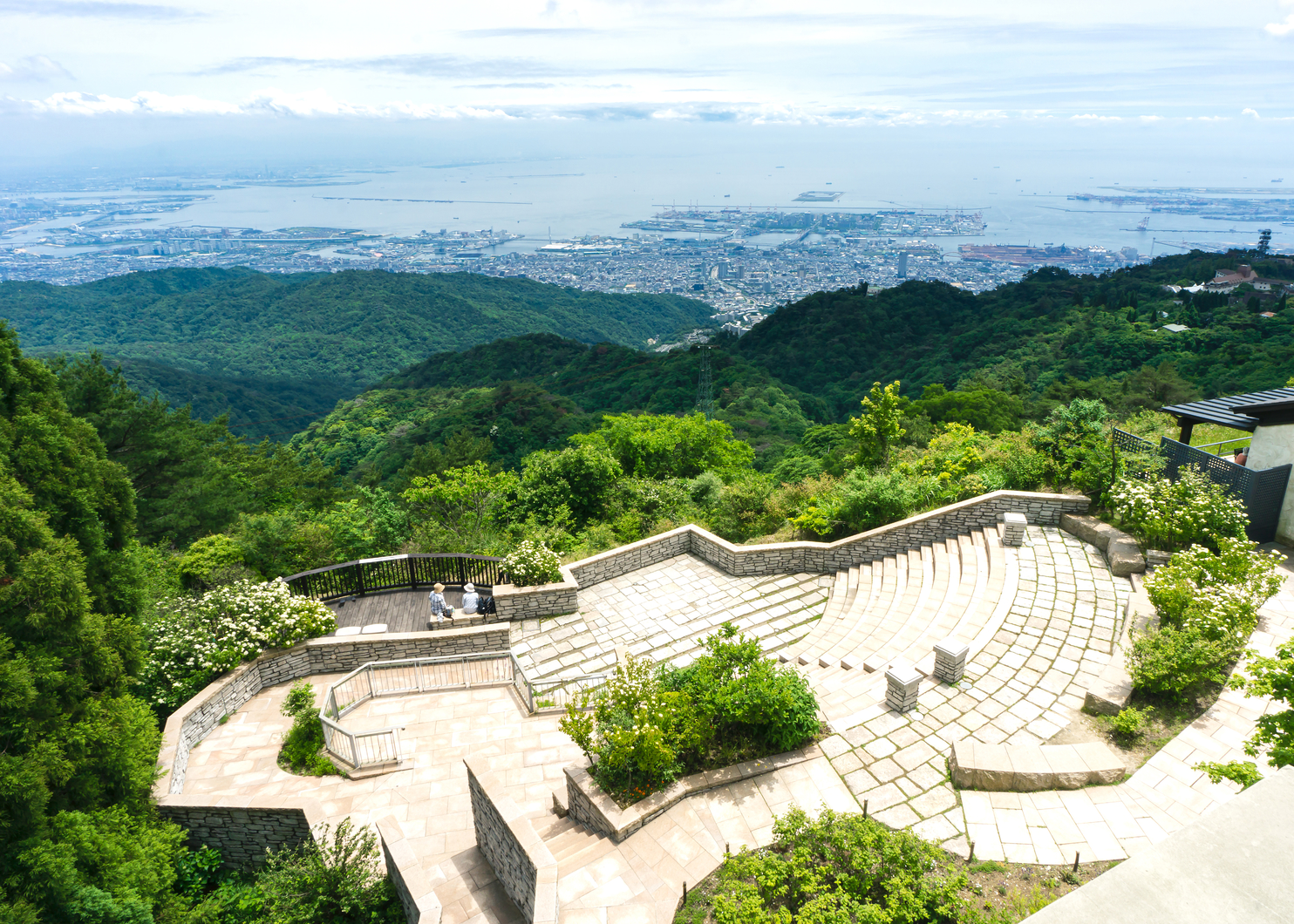
A view of Kobe from Mount Rokko
Kansai
Unspoiled scenery awaits only a short train ride away from the bustling cities in Kansai. Hikers can trek Mount Rokko anytime during the year to reach panoramic views of Osaka Bay and a night view of Kobe. Mount Kongo on the border of Osaka and Nara prefectures has Katsuragi Shrine and Temporinji Temple at the peak in addition to the ruin of Chihaya Castle, where Masashige Kusunoki barricaded himself in during the end of the Kamakura Period (1185-1333).
Other great hikes in Kansai include Mount Hiei in Shiga Prefecture and Mount Yoshino in Nara Prefecture.
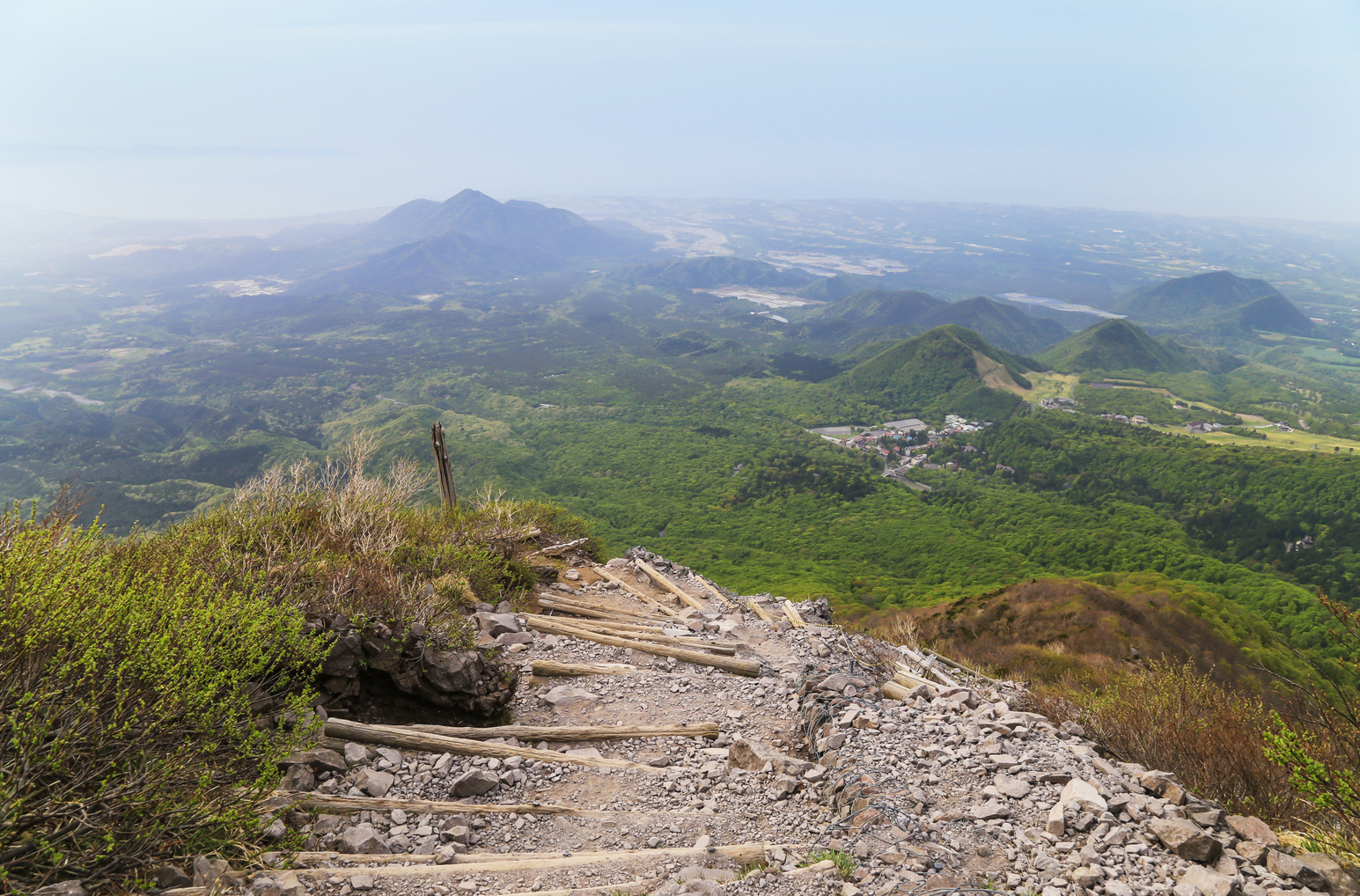
View from Mount Daisen in Tottori Prefecture
Chugoku and Shikoku
While hikes in Chugoku and Shikoku may not be the most popular, there are hidden gems for curious climbers. The breathtaking, serene landscape offers treks for hikers of any level.
Tottori Prefecture boasts Mount Daisen, one of the most famous mountains in Japan and a pilgrimage destination for Japanese Buddhism. It’s best to hike in the summer when the mountain is enveloped in lush greenery.
Hiroshima has Mount Misen, the highest mountain on Miyajima Island that offers expansive views of the Seto Inland Sea.
Mount Tsurugi in Shikoku Prefecture is also perfect for hikers of all levels. The chair lift followed by an easy hike allows hikers to reach the peak in under an hour.
Other great hikes in Chugoku and Shikoku include Mount Iino and Mount Ishizuchi.

Photo by Cassandra Lord
Kyushu
Those who want to claim they’ve climbed an active volcano should visit Kyushu, which is known for its active volcanoes, beaches and waterfalls.
Mount Kirishima on the border of Miyazaki and Kagoshima prefectures is a vast volcanic mountain range that has many different hikes. The Karakunidake hike is an easier one-day hike that even less experienced hikers can do while boasting about climbing an active volcano. Kyushu is also home to the most active volcano in Japan, Mount Aso in Kumamoto Prefecture, though when it’s more active it’s off limits to the public.
Aside from volcanoes, while hiking in Kyushu, travelers can retrace historic paths that go past samurai residences and through castle ruins. They can also admire cliff carvings and extraordinary rock formations if they hike the Karatsu course along the coast.
The island of Yakushima, which features several-thousand-year-old endemic Japanese cedars, is a must-see spot. Hikers can start from the subtropical primeval rainforest and end up at the alpine climate of some of the highest peaks in southern Japan. A visit in spring will offer the most optimal weather, but note that the rainy season comes in late spring and can make the hike slippery and dangerous.
Other great hikes in Kyushu include Mount Eboshi, Mount Yufu and Mount Tsurumi.
 Okinawa
Okinawa
Those interested in hiking through dense tropical forests, witnessing unusual wildlife and challenging themselves on slippery terrain may enjoy a visit to the beautiful and diverse islands of Okinawa. Rather than traveling overseas, Okinawa provides the perfect haven for hikers interested in traversing a subtropical climate.
The Mount Ishikawa loop in Uruma offers hikers a stunning view of the Pacific Ocean while the Jawbone Ridge loop near Kunigami Village provides a tough hike with similarly breathtaking views.
Those in search of an easier hike may want to hike the Hiji Otaki Falls, the biggest waterfall on the main island of Okinawa Prefecture.
The best time to visit is in autumn or spring when it’s not too hot. Visitors should also try to avoid the rainy season from mid-May to mid-June and typhoons in July and August.
Other great hikes in Okinawa include Mount Yonaha, Mount Awadake and Iriomote island.
Featured image of Asahidake, Hokkaido, by Burcu Basar.

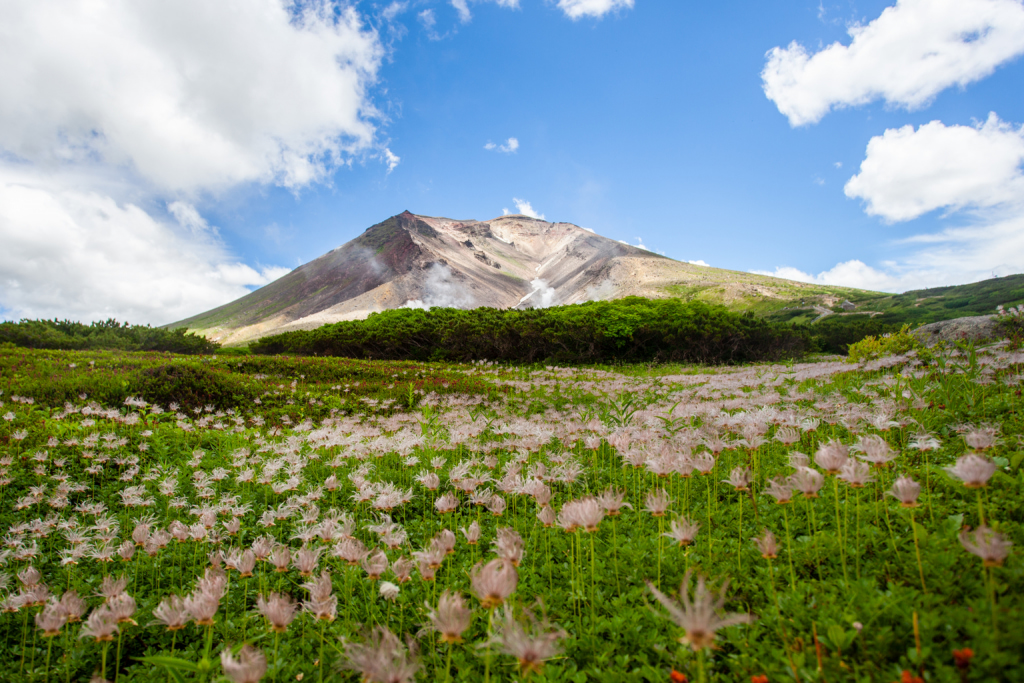
 Chubu
Chubu Okinawa
Okinawa






